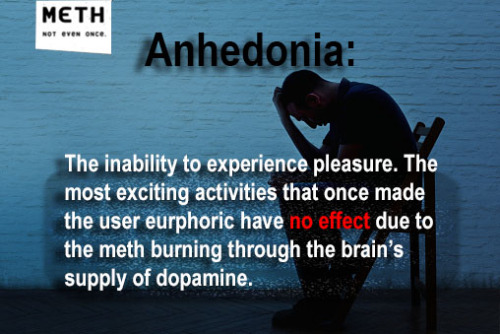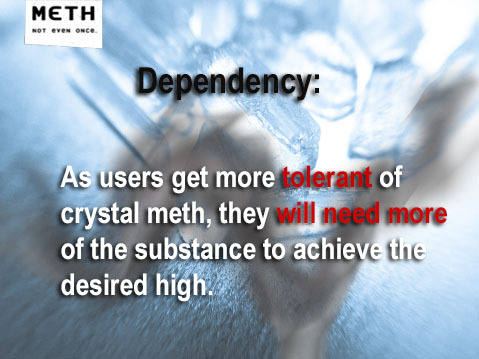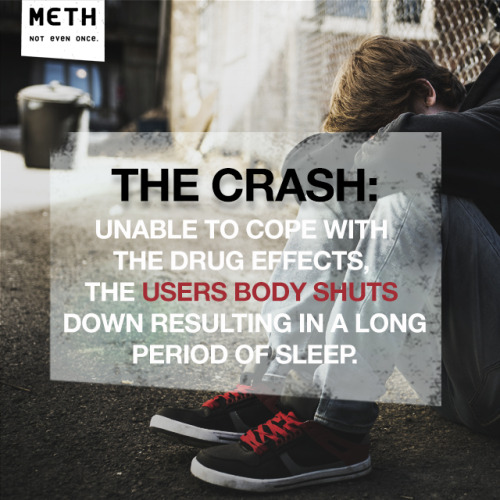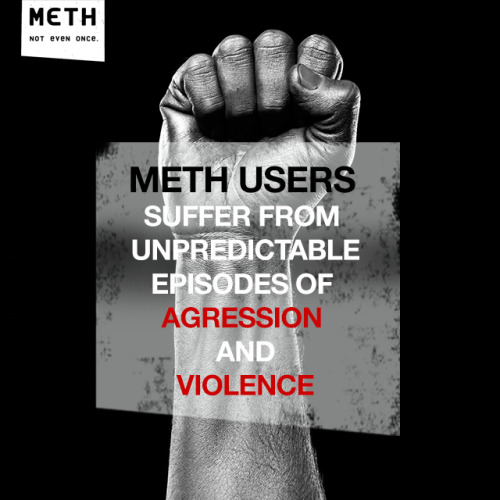#meth facts
Meth Mouth is the term used to refer to the tooth decay and erosion that a meth abuser experiences with extended and heavy use of methamphetamine.
As a stimulant, meth often causes bruxism, the involuntary clenching and grinding of the teeth. The persistent habit of clenching and grinding eventually leads to erosion and tooth fracture, with many users losing most of their teeth all together. Meth users can also be inflicted with dry mouth. The lack of saliva production in the mouth triggers a high increase of bacteria which can cause the eventual break down and decay of the teeth.
#notevenonce
Post link
Meth users may experience anhedonia due to the drug’s overstimulation and eventual damage to the brain’s dopamine receiver. Anhedonia is the inability to experience pleasure. There is a oppressive lack of enjoyment in engaging with the people or activities that might have normally given the user great joy. . Even when clean, many former meth addicts report extreme feelings of permanent unhappiness due to the irreversible trauma the drug has already inflicted on the brain.
#notevenonce
Post link
Meth speeds up the heart, and with extended use, it can damage the way nerves conduct electrical activity.
#notevenonce
Post link
Meth turns off the body’s hunger response, which can result in a severe decline in body mass. The size of the stomach shrinks and the body is unable to absorb enough necessary nutrients to sustain itself.
After some time, the user’s body goes into starvation mode, resorting to burning the body’s fat for energy. Once the body uses up fat reserves, it will begin to eat away at muscle, causing deterioration of the tissue. The user’s body may reach such an emaciated state that it is only a matter of time before organ failure takes place.
#notevenonce
Post link
Once methamphetamine is in the blood stream, the drug creates a sharp increase of dopamine in the brain, a neurotransmitter that causes feelings of reward and pleasure in the user. The positive feeling is so intense, users are inclined to binge on the drug before experiencing a crash and then repeating the cycle all over again.
Constant use causes severe impairment to the user’s dopamine receiver causing a permanent severe depression and brain damage. The consistent gradual increase of meth intake can easily lead to furthering the body’s dependency on the drug or a fatal overdose.
#notevenonce
Post link
The Crash —To a binge abuser, the crash happens when the body shuts down, unable to cope with the drug effects overwhelming it; this results in a long period of sleep for the person.
Even the meanest, most violent abuser becomes almost lifeless during the crash. The crash can last one to three days.

#notevenonce
Post link
Meth overstimulates the amygdala-the emotional control center of the brain- and compromises brain circuit needed to control impulsive behavior. This inability to control behavior and a amped-up-state filled with anxiety and paranoia makes users prone to aggression and violence.

#notevenonce
Post link







